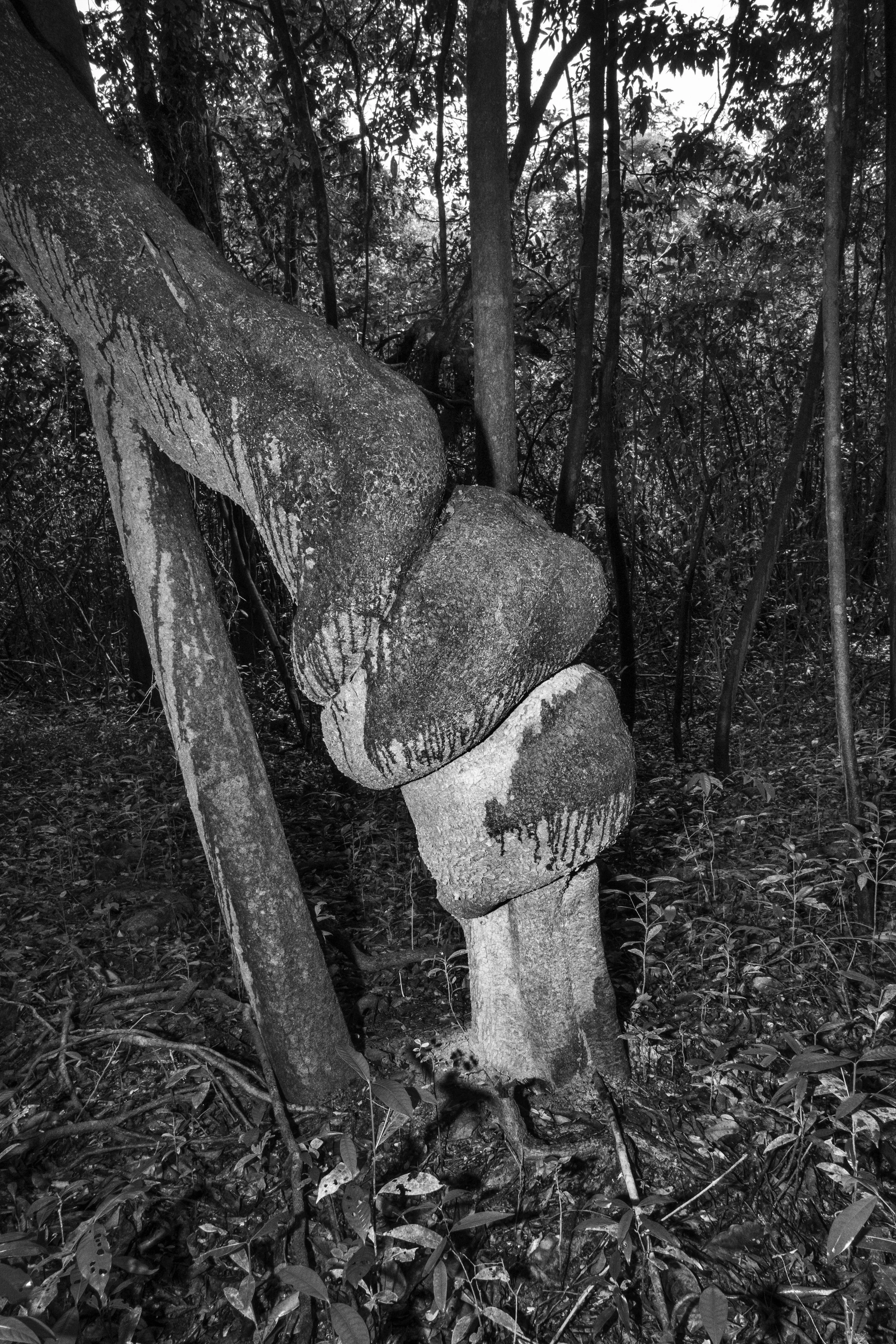O Vale (2021-2022)
The Vale do Javari Indigenous Territory is one of the most remote and contested regions of the Brazilian Amazon.
Located in the tri-border area between Brazil, Peru, and Colombia, it spans over 8.5 million hectares and is home to at least 26 Indigenous peoples, including some of the highest concentrations of uncontacted communities anywhere in the world.
Officially demarcated in 2001, the Vale do Javari remains a vital stronghold of cultural resilience and ecological richness. Yet its extreme isolation has not protected it from growing external threats. In recent years, the territory has faced mounting pressure from illegal gold mining, logging, drug trafficking, and evangelical missionary incursions—activities that have brought violence, environmental destruction, and deepened insecurity for Indigenous communities.
The region drew international attention in 2022 following the brutal murders of Indigenous expert Bruno Pereira and British journalist Dom Phillips, who were documenting these very threats.
Kanamari man in the sacred forest of the Javari Valley. 2021
Solimões River. 2022
Vegetation within the Vale do Javari Indigenous Territory, 2021.
Kanamari women offer caicuma, a traditional cassava-based drink, to Cacique Mauro Silva Kanamari during the Hai Hai ceremony in São Luís village, Javari Valley. 2021.
Kanamari tribesman on patrol in the forest. In recent years, their territory has faced growing threats from illegal fishermen, hunters, and loggers, endangering their way of life. 2021.
Traditional Kanamari house in São Luís village, Vale do Javari Indigenous Territory. 2021
Brazilian military police arrive at the port of Atalaia do Norte with the remains of Dom Phillips and Bruno Pereira, who were murdered during a reporting trip through the Javari Valley, a hotspot for illegal fishing and poaching. Their deaths underscore the extreme risks faced by Indigenous defenders and journalists in the Amazon. 2022.
A child in São Luís, a Kanamari village in the Javari Valley, where malaria and hepatitis outbreaks have claimed hundreds of lives—half of them children under 14. 2021.
Kanamari canoes on the Javari River. 2021.
Mayoruna worshippers leave the Presbyterian Church in Atalaia do Norte, gateway to the Javari Valley. The region has long been a target for missionaries, with religious influence intensifying under Bolsonaro’s government. 2021.
Kanamari children in a makeshift riverside camp in Atalaia do Norte, stranded for months after coming to collect Bolsa Família payments. Trapped by bureaucracy and fuel costs, they live in extreme poverty without clean water or basic sanitation. 2021.
The dry banks of the Javari River. 2021.
Kanamari men performe the ancient Hai Hai cerimony in Sao Luis village in Vale do Javari. 2021.
Residents of Atalaia do Norte wait at the port as police search for the remains of Dom Phillips and Bruno Pereira, murdered during a boat trip through the Javari Valley. 2022.
A flooded bar along the Javari River in Atalaia do Norte, gateway to the Vale do Javari — home to the world’s largest concentration of isolated Indigenous peoples. 2022.















